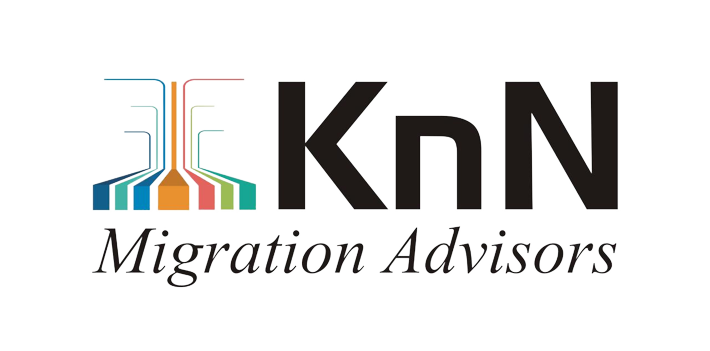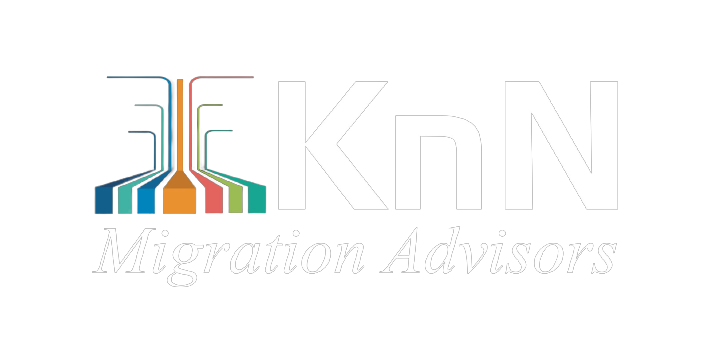The Temporary Skill Shortage (Subclass 482) visa is set to be replaced by the Skills in Demand visa. This planned change aims to simplify the visa process and better address Australia’s workforce needs with a new three-tiered system. Although the Skills in Demand visa is not yet finalized, it is expected to improve pathways to permanent residency.
Temporary Skill Shortage (Subclass 482) Visa
The Subclass 482 visa, launched in 2018, aided in managing shortages in its workforce by enabling skilled individuals to occupy positions that are in demand and for which suitable Australian candidates are not immediately accessible. This visa category was introduced as a replacement to the 457 visa program, with the primary objective of addressing both the immediate skills needs of Australian employers and ensuring opportunities for local workers were not overlooked.
Key Features
The Subclass 482 visa was structured to cater to two main streams: the Short-Term Stream and the Medium-Term Stream, each designed to meet specific employment needs in Australia:
-
- Short-Term Stream: This stream allowed employers to sponsor skilled workers for occupations listed on the Short-Term Skilled Occupation List (STSOL). Visas granted under this stream typically allowed holders to stay in Australia for up to two years, or up to four years if an International Trade Obligation (ITO) applied. It provided a quicker solution for filling immediate skill gaps.
-
- Medium-Term Stream: Aimed at more enduring skills shortages, the Medium-Term Stream supported sponsorship for occupations listed on the Medium and Long-Term Strategic Skills List (MLTSSL). Visa holders under this stream could stay for up to four years and were eligible for pathways to permanent residency after three years.
Limitations
While the Subclass 482 visa addressed critical workforce needs, it also came with certain limitations and challenges:
-
- Occupation Lists: Visa eligibility was tied to specific occupation lists, which were periodically reviewed and updated by the Australian government. This meant that certain occupations could be excluded or included based on changing economic and labor market conditions.
-
- Employer Sponsorship: Employers sponsoring individuals under the Subclass 482 visa were required to meet various criteria, including demonstrating a genuine need for the skilled position and complying with sponsorship obligations, such as training requirements and labor market testing.
-
- Pathways to Permanent Residency: Although pathways to permanent residency were available for Subclass 482 visa holders through the Employer Nomination Scheme (subclass 186) or the Regional Sponsored Migration Scheme (subclass 187), access to these pathways varied depending on the visa stream and occupation.
Skills in Demand Visa to replace Subclass 482 visa
The anticipated Skills in Demand visa represents a notable shift from the Subclass 482 visa, aiming to simplify procedures and address key labor market issues in Australia. Expected changes include the introduction of a clear three-tiered system tailored to different skill levels and industries, potentially offering improved routes to permanent residency.
The Skills in Demand visa is expected to be structured to meet diverse skill needs across Australia’s workforce, potentially enhancing pathways for skilled migrants seeking to settle permanently. The proposed three-tiered system aims to categorize applicants based on their skill levels and salary thresholds, offering tailored pathways to address Australia’s evolving workforce needs. Below, we’ll outline each potential pathway:
| Pathway | Key Features |
| Specialist Skills | No occupation list requirement. Minimum annual salary of $135,000.Fast-track processing with a median of 7 days.Aimed at highly skilled specialists. |
| Core Skills | Updated occupation list (Core Skills Occupation List).Minimum annual salary of $70,000.Focus on essential workforce sectors.Moderate processing times. |
| Essential Skills | For lower-paid workers in specific sectors.Salary threshold under $70,000.Sector-specific pathways under review.The pathway is still in development. |
Comparison Between Subclass 482 Visa and Skills in Demand Visa
| Aspect | Subclass 482 Visa | Skills in Demand Visa |
| Duration | Up to 4 years based on stream (Short-term or Medium-term). | Up to 4 years across all streams. |
| Pathways to Permanent Residency | Limited pathways depending on stream and occupation lists. | Enhanced pathways for all visa holders, including self-nomination options. |
| Employer Sponsorship | Stringent sponsorship obligations. | Streamlined obligations, and potential monthly/quarterly payment models for SAF. |
| Labor Market Testing | Employer-conducted, specific to each application. | Shift towards independent verification, removal of Workforce Australia advertising requirement. |
| Processing Times | Varies (e.g., Short-term Stream within 63 days, Medium-term Stream within 75 days). | Faster processing times (e.g., 7 days for Specialist Skills Pathway, 21 days for Core Skills Pathway). |
| Flexibility in Job Changes | Limited mobility, tied to employer sponsorship. | Increased flexibility, and recognition of time spent with any approved sponsor towards PR requirements. |
Impact of Skills in Demand Visa on Employers and Skilled Migrants
The introduction of the Skills in Demand visa might bring a mix of opportunities and challenges for both employers and skilled migrants. Understanding these implications can be helpful in effective workforce planning, recruitment strategies, and career pathways.
Employer Perspective
Benefits: Employers are likely to see several advantages with the Skills in Demand visa. The streamlined visa application process is expected to reduce the administrative burden, making it easier and faster to hire skilled workers. This efficiency can save time and resources, allowing employers to focus more on their core business activities. Additionally, the new three-tiered system provides clarity on the types of roles and salaries that are eligible for each visa pathway, which can help in strategic workforce planning.
The flexibility to switch between sponsors can also be beneficial. It allows employers to hire skilled migrants who may already be in Australia under a different sponsor, thus broadening the pool of available talent. The ability to attract high-caliber talent with the Specialist Skills Pathway, which offers a fast processing time and targets highly skilled professionals, can also enhance an organization’s competitive edge.
Challenges: Despite these benefits, there can be challenges that employers must be prepared for. The new sponsorship requirements and compliance regulations may initially be complex to understand and implement. Employers need to stay updated on these changes and ensure they meet all criteria to avoid penalties and delays in the hiring process.
Adapting to the minimum salary thresholds and ensuring that job roles meet the specified requirements for each tier might also be challenging. Smaller businesses, in particular, may find it difficult to compete with larger organizations in meeting the financial and administrative demands of the visa process. Moreover, the need for regular updates to the Core Skills Occupation List requires employers to be proactive in understanding and forecasting their workforce needs in alignment with evolving market demands.
Migrant Perspective
Benefits: For skilled migrants, the Skills in Demand visa can open up enhanced pathways to permanent residency. This provides a significant incentive for highly skilled individuals considering Australia as a destination for their careers and long-term settlement. The increased job mobility between sponsors is another major advantage, as it allows migrants to seek better employment opportunities without the risk of losing their visa status.
The new visa structure also offers a clearer and more structured pathway to career advancements. By meeting the specified salary and occupation criteria, skilled migrants can strategically plan their career moves to maximize their chances of obtaining permanent residency. The reduced processing times for higher-tier pathways also mean that highly skilled professionals can enter the Australian workforce more quickly.
Challenges: However, the updated eligibility criteria and visa conditions may require skilled migrants to adapt and strategize their applications carefully. The higher salary thresholds for certain pathways could be a barrier for some applicants, particularly those in lower-paying industries or regions. Understanding and complying with the new regulations and documentation requirements can be complex and time-consuming.
Migrants must also be prepared to demonstrate their skills and experience in alignment with the new Core Skills Occupation List. This may involve obtaining relevant skills assessments and ensuring that their qualifications are recognized in Australia. The adjustment to these new conditions and the potential need for additional training or certification can pose challenges for some applicants.
The phased implementation of the Skills in Demand visa is essential for both employers and skilled migrants preparing for the transition. This visa is anticipated to be fully operational by the end of 2024, with interim milestones for employers and migrants to meet. Preparation is key, with training programs, advisory services, and updated guidelines aiding in a smooth transition. Government initiatives are expected to focus on supporting employers in understanding and complying with new visa requirements, aiming to meet workforce needs while maintaining integrity and fairness in the migration system.
As an employer or migrant worker, navigating through the changes introduced by the Skills in Demand visa might be challenging. The new system brings a range of updates and requirements that may be difficult to manage alone. To ensure a smooth transition and compliance with the new visa regulations, it is advisable to seek assistance from an experienced MARA Agent. The team at KnN Migration can provides expert guidance, helping you understand and adapt to the new processes effectively.


